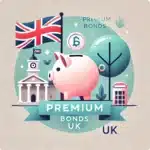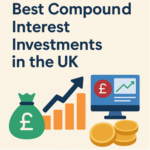Welcome to the TIC Investing Hub – Your Guide to Smart Investing in the UK
Investing can be a powerful way to grow your wealth, but choosing the right platform is crucial. Whether you’re a beginner looking for the best stocks and shares ISA, or a seasoned investor searching for the best investment apps in the UK, we’ve got you covered.
At The Investors Centre, we provide expert insights, unbiased reviews, and in-depth comparisons of the best investment platforms in the UK. From low-cost trading apps to tax-efficient ISAs, our goal is to help you make informed decisions and maximise your returns.
Explore our guides, reviews, and expert tips to find the investment solution that fits your goals. Whether you’re investing for the long term or looking for the best short-term opportunities, start your journey with confidence today.

Collaborating with Atlantic Technologies for Enhanced Financial Education
As part of our commitment to delivering innovative and cutting-edge investment insights, The Investors Centre has integrated resources from Atlantic Technologies into our main platform. This strategic collaboration enhances our educational offerings with advanced technological expertise, ensuring users gain access to enriched content that addresses both financial markets and the role of technology in investment strategies. This alignment allows us to streamline our resources, helping investors of all levels navigate and succeed in today’s complex financial landscape. Stay tuned for continued updates as we refine our offerings to serve our community better.












